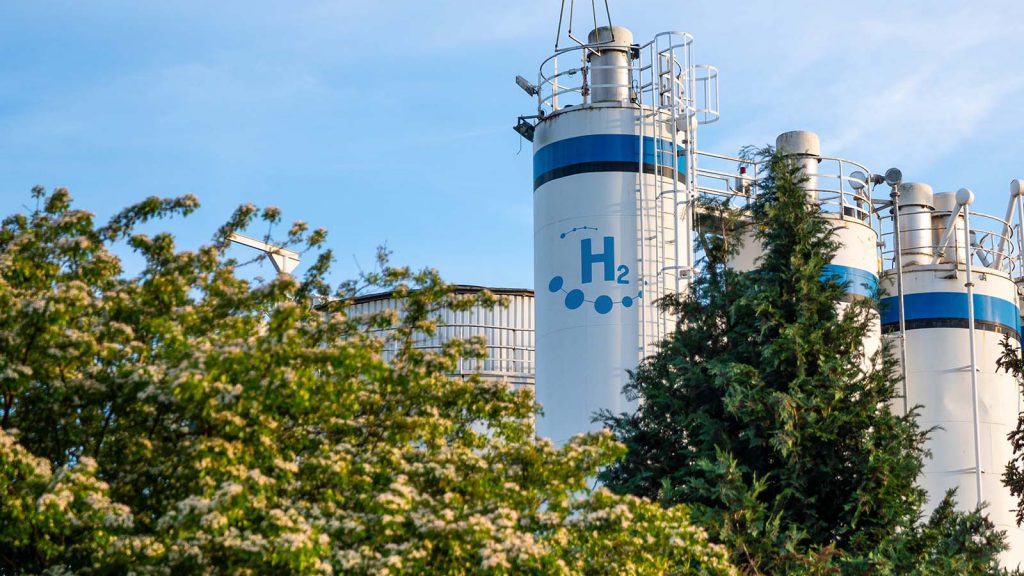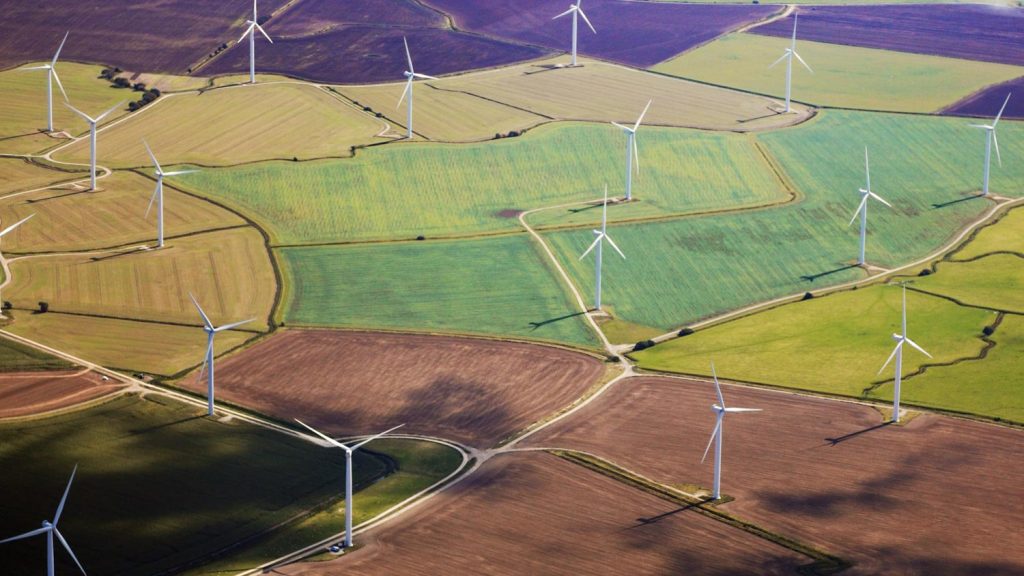
Low-carbon hydrogen: UK strategy and the risks it must overcome
Energy Transition
Low-carbon hydrogen: UK strategy and the risks it must overcome
Tue 22 Nov 2022
Already vital to many industries, UK hydrogen production will need to increase significantly if the country is to achieve its 2050 net-zero target.
Since publishing its UK Hydrogen Strategy in August 2021, which included the initial target of producing 5GW of low-carbon hydrogen by 2030, the government has since strengthened its ambition by doubling its target to 10GW.
Carbon capture, utilisation and storage (CCUS) projects are expected to play a significant role for the UK’s goal to transition to net-zero economy by 2050. The first CCUS sites, the East Coast Cluster and Hynet, were included in Track 1 of the project sequencing process, which aimed to identify suitable clusters and projects for deployment in the mid-2020s.
Government support for low-carbon hydrogen
As with many emerging technologies, production, transportation and utilisation of hydrogen is risky, expensive and requires relevant incentives. To encourage progress towards its 2030 vision of decarbonised hydrogen production, the UK has created a number of support schemes, with the most recent being a £240m investment, announced in September 2022, to support the development and construction of new low-carbon hydrogen plants.
In addition, the Industrial Hydrogen Accelerator, a £26m innovation funding programme was launched to support end-to-end industrial fuel switching to hydrogen.1
There is, however, widespread recognition that success will rely upon a strong partnership between the UK government and privately owned businesses, with there being a particular need for alignment of business models, financial and regulatory supporting measures and joint risk mitigations starting from the early stages of hydrogen project development. The government estimated that developing a hydrogen economy could attract over £9 billion of private investment in production of hydrogen and support more than 12,000 jobs by 2030.
Addressing the risks to the hydrogen industry
With the opportunities in this industry come risks which constrain the production and commercialisation of hydrogen. These risks are driven by a lack of available renewable energy, low technological readiness and the high cost of production, distribution and storage, especially without the guarantee of continued government support and clear regulation. The key risks include:
Price uncertainty
There are a few factors contributing to the price uncertainty in this industry. These include expensive hydrogen development and production methods, the availability of equipment, prices for alternative commodities and the uncertainty of demand. Various revenue-support mechanisms are being considered for UK hydrogen projects to mitigate this price risk, including a Low Carbon Hydrogen Business Model which aims to bridge the cost gap between low-carbon hydrogen and higher-carbon fuels.
Investment risk
Ambitious and innovative market players have already started investing in technology and infrastructure to develop hydrogen economy. However, more support is required from the government to develop a sustainable hydrogen market and accelerate hydrogen production. The Net Zero Hydrogen Fund and Industrial Decarbonisation and Hydrogen Revenue Support Scheme were established to provide grants to de-risk projects and stimulate private investment in the hydrogen economy. The fund is worth up to £240m and will be delivered between 2022 and 2025, with the aim of supporting the commercial deployment of low-carbon hydrogen projects during the 2020s. Because of the nascent status of the hydrogen market, it is vital to create funding support to reduce investment risks, stimulate innovation and attract private investments.
Regulatory uncertainty
The absence of a defined regulatory framework creates further complexity for the development of hydrogen projects. At the time of the publication of its UK Hydrogen Strategy, the UK government launched a consultation on the design for a UK Low Carbon Hydrogen Standard, which would cover the role of hydrogen in the energy system up to the point of production and would work alongside the existing standards and regulations covering the transmission, storage and use of hydrogen. However, the development of an overall initial regulatory framework will take time and is expected in 2025 at the earliest.
Demand risk
Because of the limited production of low-carbon hydrogen and the restricted availability of infrastructure for hydrogen distribution and storage, current demand is low. Based on forecasts from the International Energy Agency, it is expected that hydrogen demand will increase sharply from 2030 onwards. However, it is important to ensure that hydrogen is fully commoditised through the transition from local demand pools to a countrywide and global trading system
Supply chain risk
There is a variety of risks related to supply chain development to support rapid expansion of hydrogen economy. These risks range from an increasing demand for higher grades steel required for hydrogen pipeline, lack of packaged hydrogen compressors and electrolysers to insufficiency of skilled workforce to develop and operate hydrogen projects. The assessment of supply chain risks and opportunities have been undertaken by the Department for Business, Energy and Industrial Strategy and market players. The government is working with the industry to ensure the development and reskilling of the workforce across the value chain to meet its hydrogen deployment ambition.
Low-carbon hydrogen is gaining an increasingly broad range of applications and is likely to play an important role in the UK’s energy-decarbonisation strategy. The huge potential benefits are clear, but the challenges of transition to an efficient hydrogen economy will need to be understood and carefully addressed.
In the next blog in this series, we will begin to focus on supply chain risks and how they can be mitigated.
1 £171m funding was allocated in March 2021 to support research and development across hydrogen projects; a £60m support package was released to drive the development of low-carbon hydrogen through the electrolytic process.














